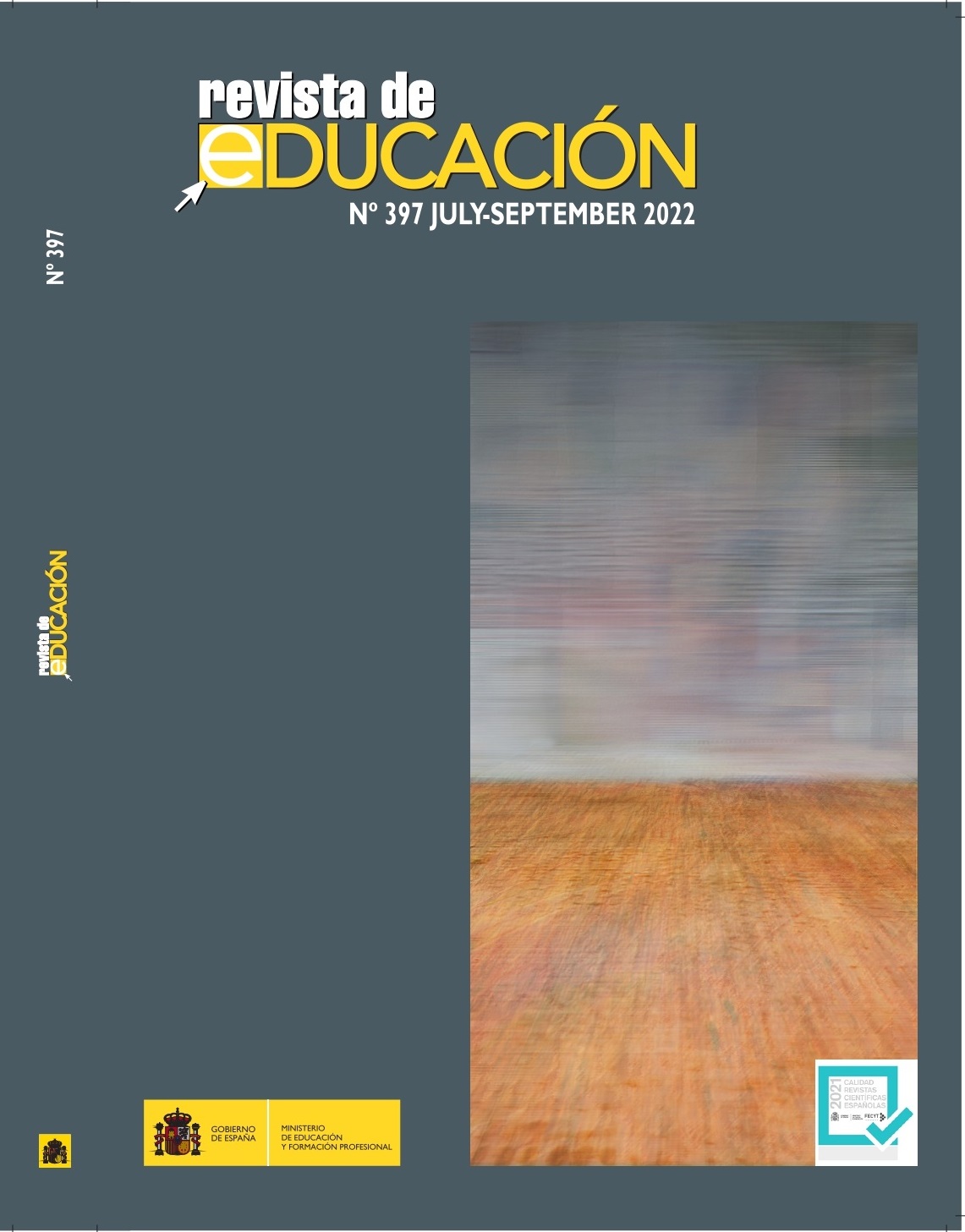Class-level effects on cybervictimization in secondary students: A multilevel analysis
Main Article Content
Abstract
Introduction. Cyberbullying is a complex phenomenon that has significant consequences for victims. Understanding it requires a systemic-ecological approach, aiming to identify both individual and contextual predictors. During adolescence, peer group influence becomes particularly important, especially the influence of classmates, who spend much of their time together. The main objective of this study was to analyze the possible effect of class-group characteristics on the probability of being the victim of cyberbullying, controlling for the effects of personal variables, in a sample of adolescents in Asturias (Spain). To do that, it was first determined whether there was variability in cyber-victimization between class-groups, along with the effects of personal variables in the sample examined. Method. Self-report scales were administered to 1923 secondary school students (aged 12-18). Multilevel regression analysis was performed. Results. There were differences in cyber-victimization between classes, with 5% of the variance explained by class-group variables. A positive relationship was found between cyber-victimization and the following student variables: age; social anxiety; engaging in high-risk behaviors on the internet; being the victim of traditional violence at school; and being a cyber-aggressor. The class-group variables which exhibited a positive relationship with cyber-victimization were the average level of cyber-aggression and the average level of traditional victimization in the group, even when controlling for the effects of personal variables. Discussion. It is important to develop students’ social skills, including working on peer group dynamics, promoting support and friendship networks, offering guidance on safe, responsible use of the internet, and working on empathy and pro-victim responses to bullying that is seen or known about. The importance of these variables as indicators for early detection of the problem is highlighted.
Keywords: cybervictimization, adolescence, Secondary Education, predictors, multilevel.

